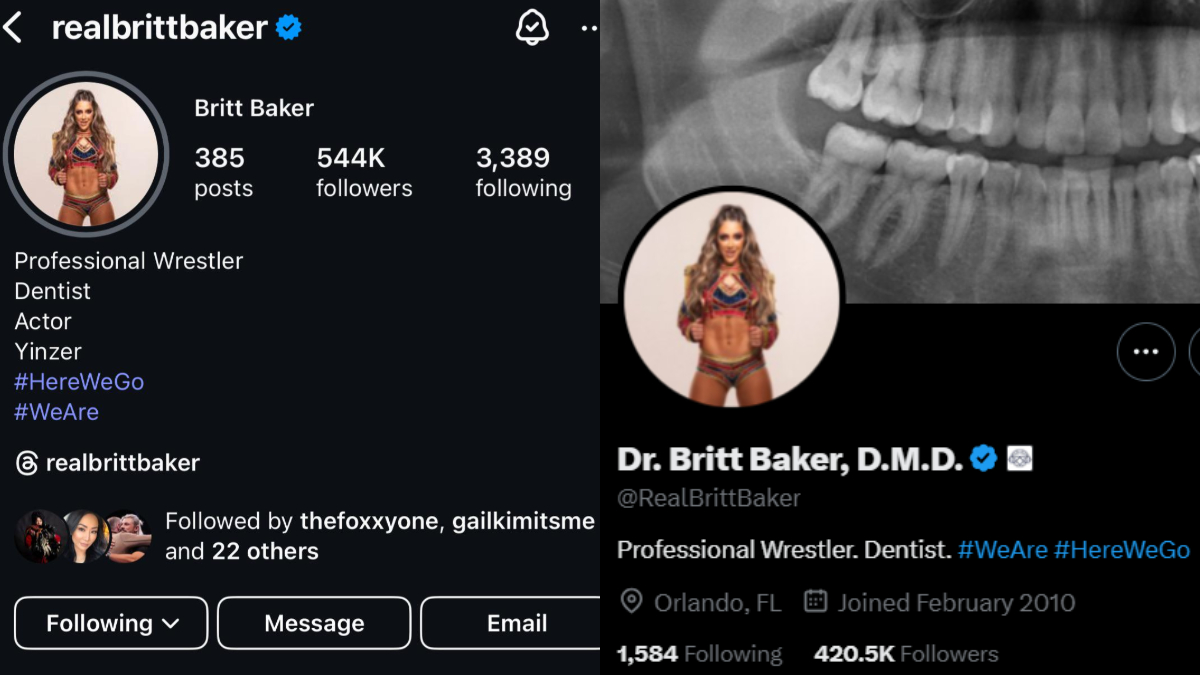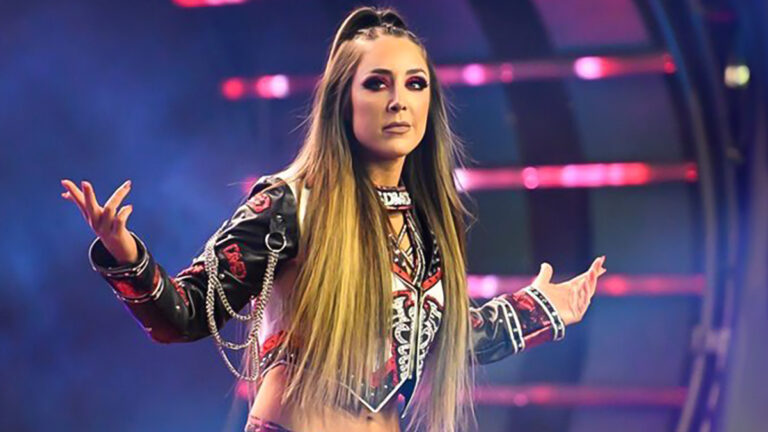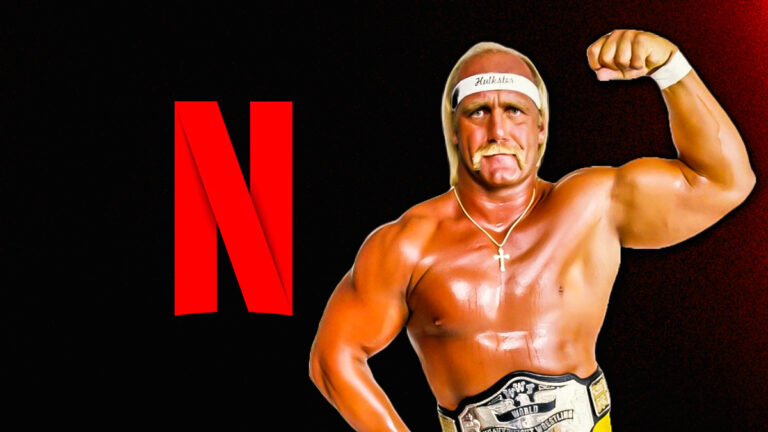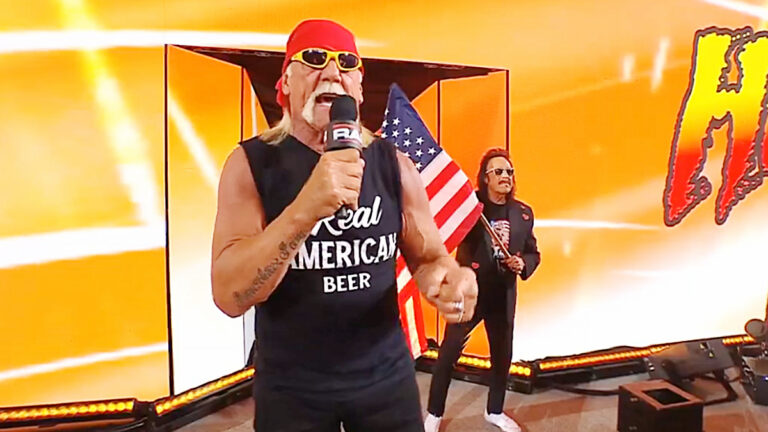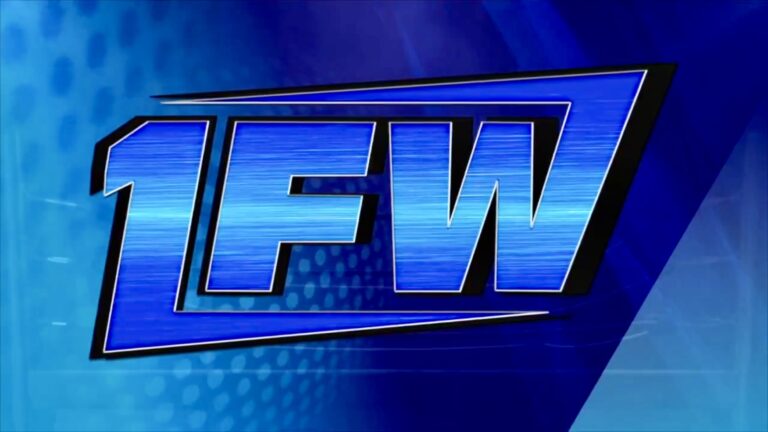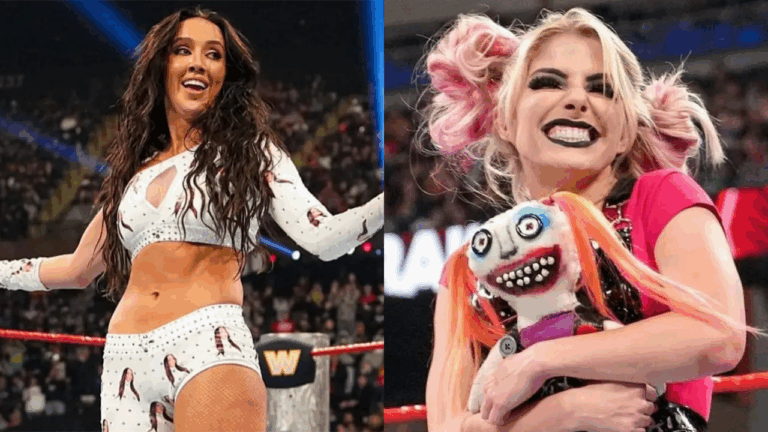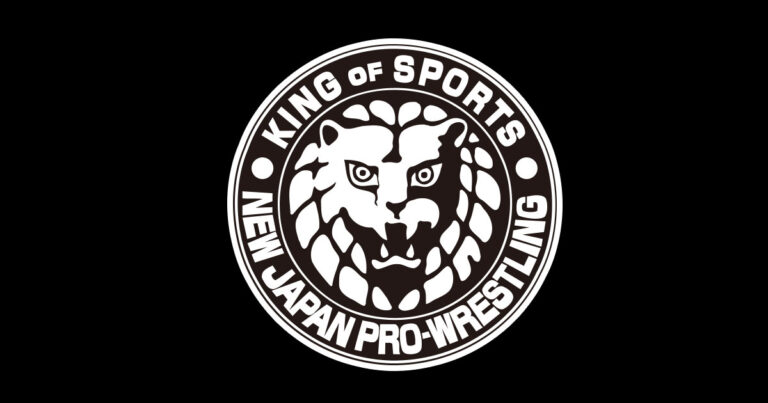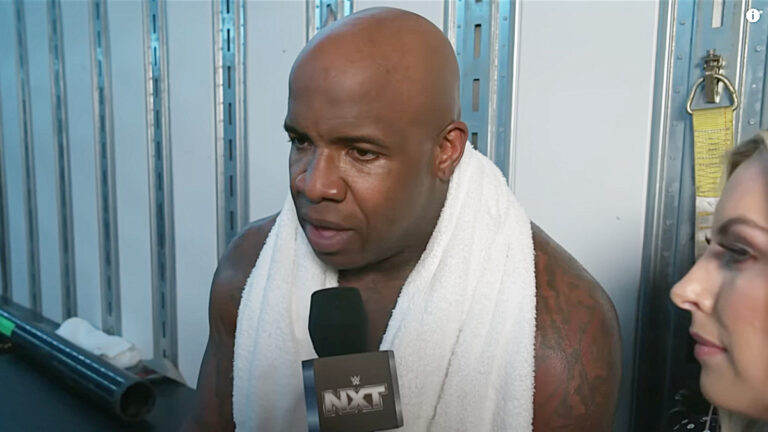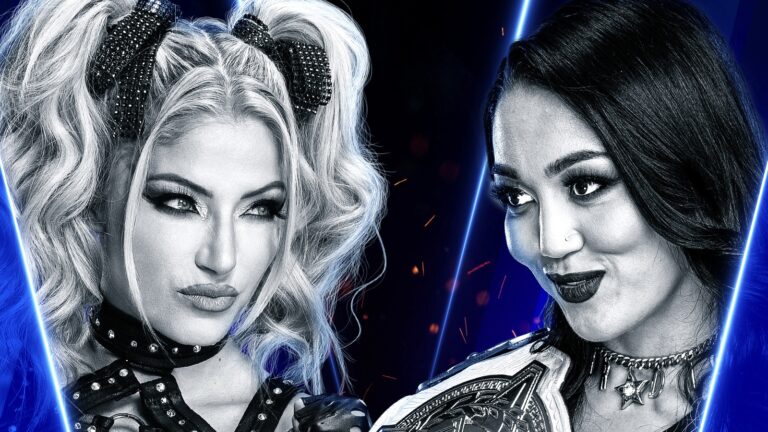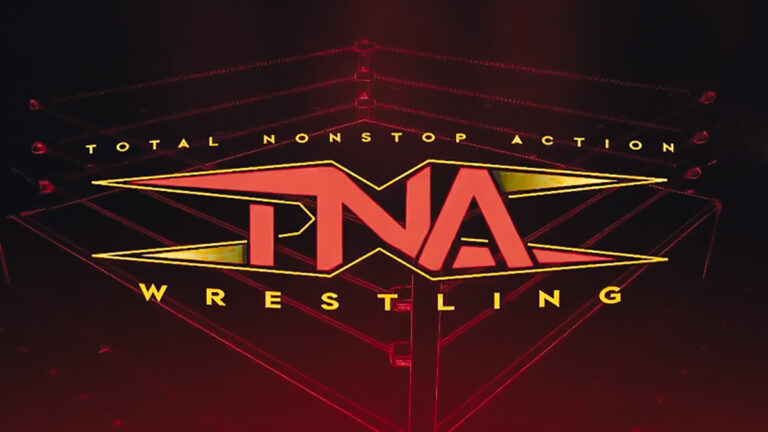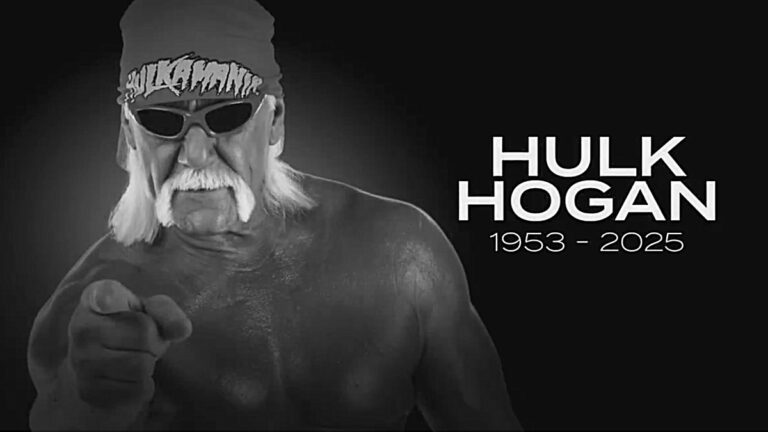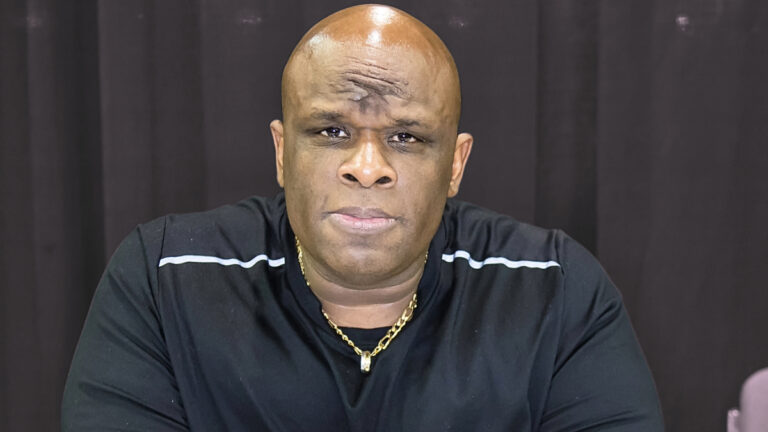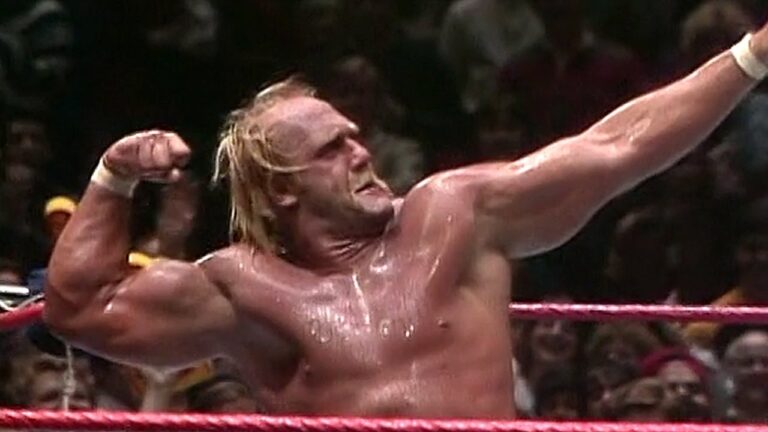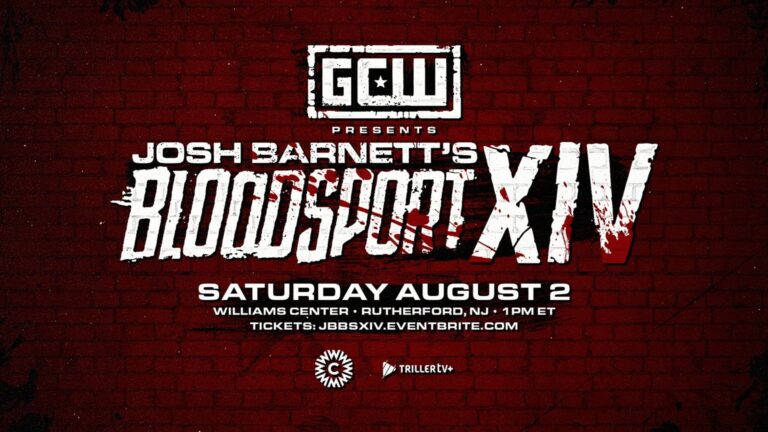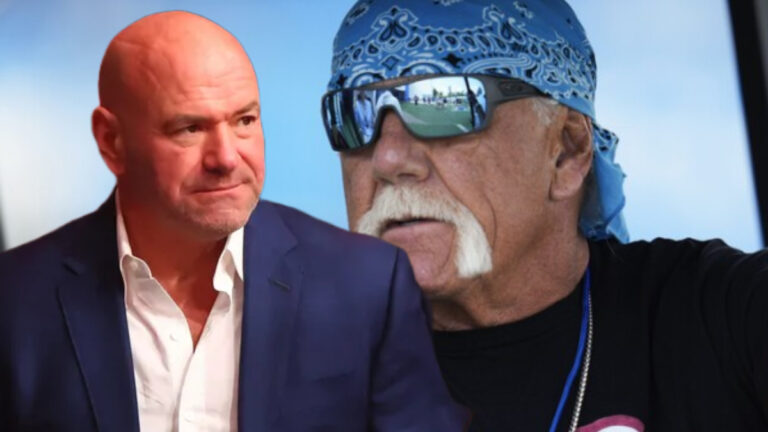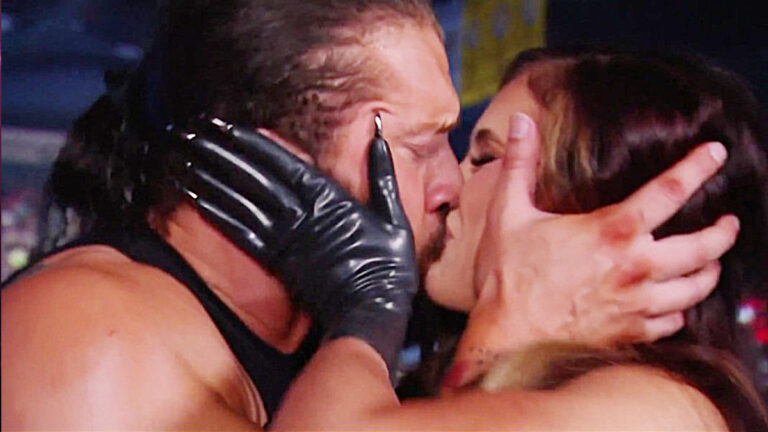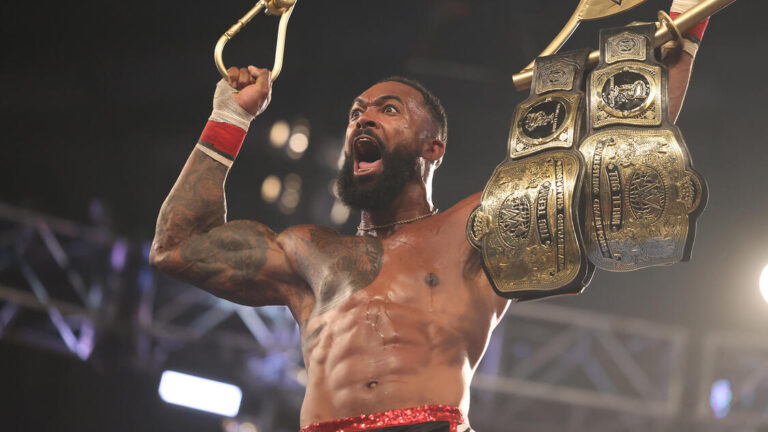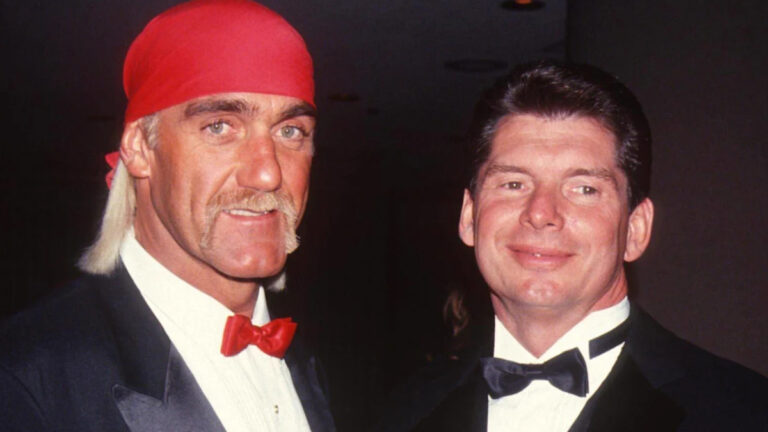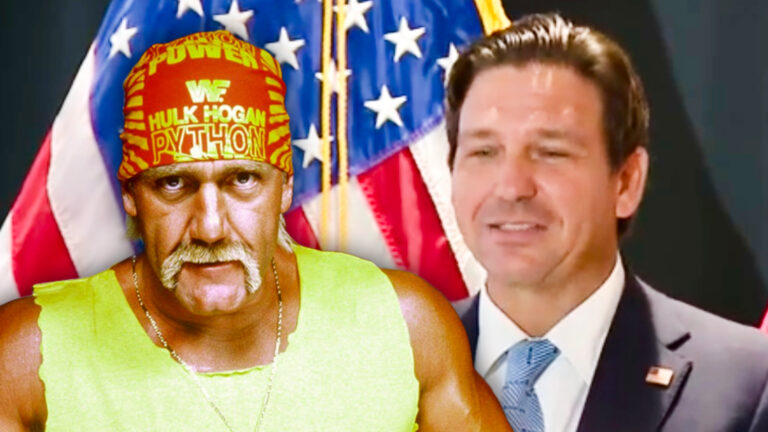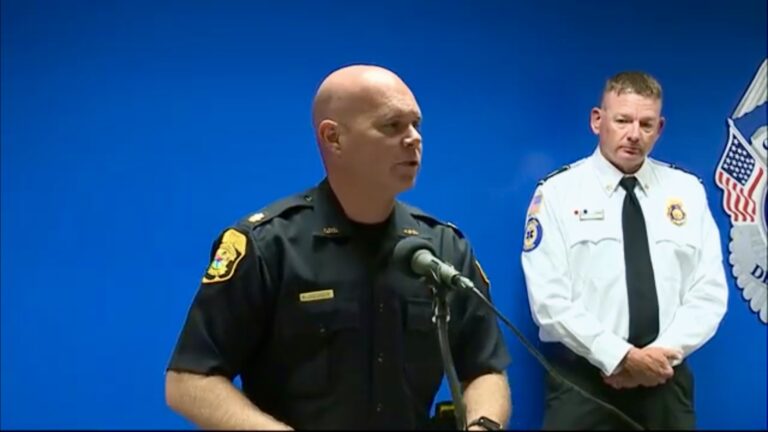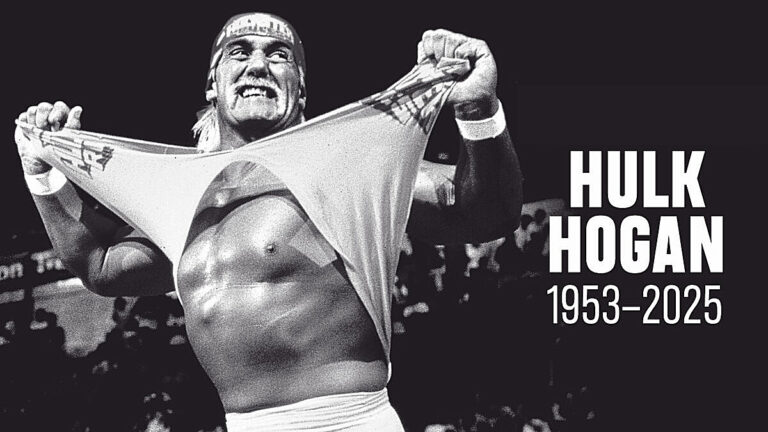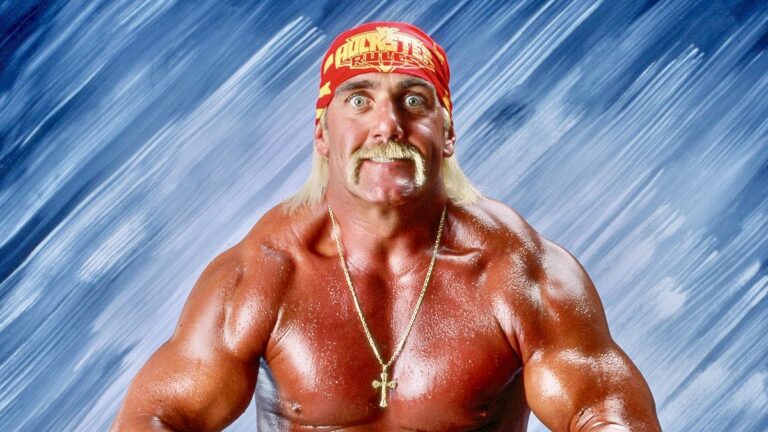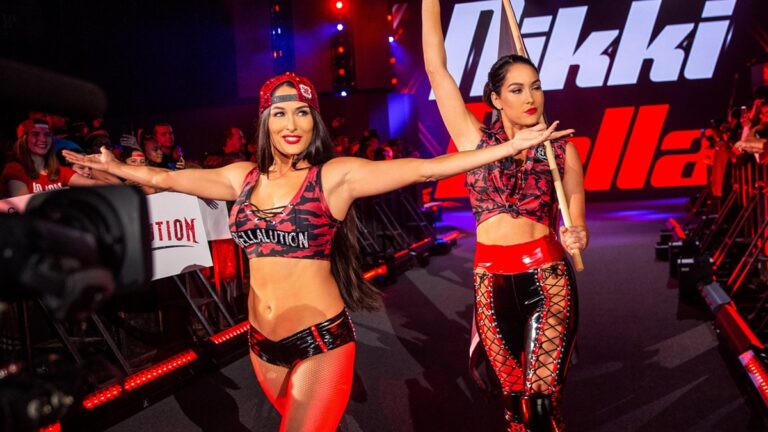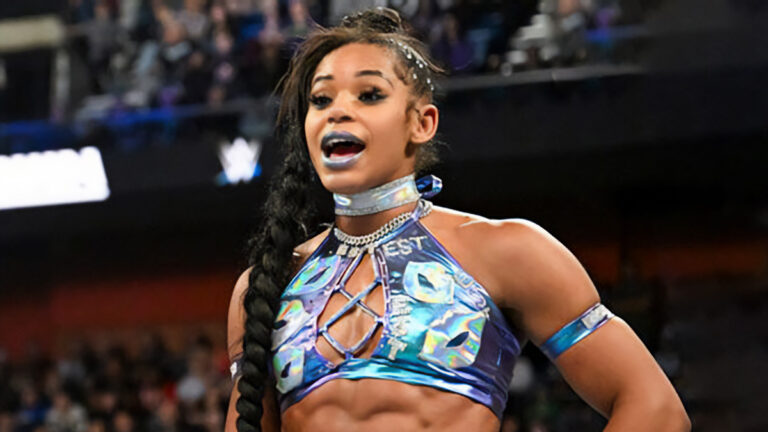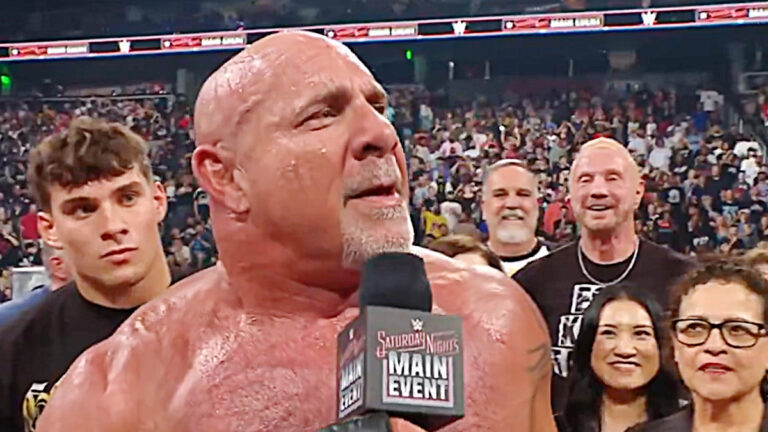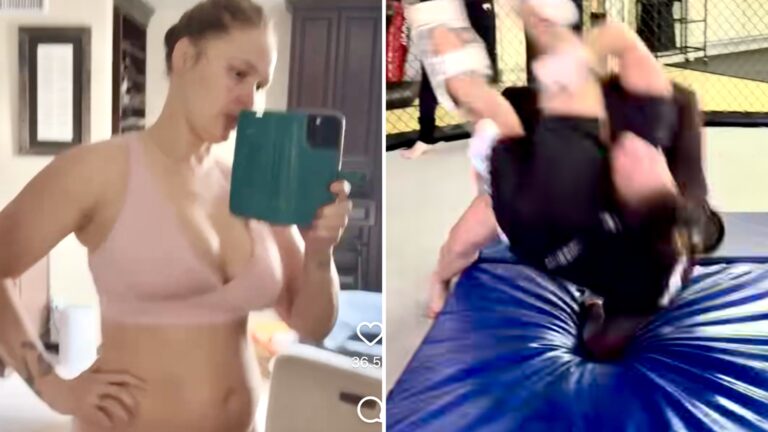Dwayne “The Rock” Johnson, prior to part in the unharmonious end of the DC film franchise, was asked about the difficulties of navigating Hollywood and keeping his A-list star status while many failed.
Johnson said navigating Hollywood was easy after his years in the highly-political backstage at World Wrestling Entertainment. Thus preparing him for his entrance into movies. Maybe that’s why so many from Glenn “Kane” Jacobs to Jesse “The Body” Ventura found themselves in office after their careers in wrestling ended.
Johnson is politically minded and gave passing consideration to a presidential run a couple years ago. When he was at his early peak as a wrestler he appeared at the 2000 Republican National Convention. Despite the bonafides, Johnson isn’t in the same realm of politician of Hulk Hogan.
Hogan, who died on Thursday at age 71 from a heart attack, blew up as a pop culture figure after his appearance in Rocky III. He led the World Wrestling Federation’s to national monopoly, the dream of former owner a Vince McMahon. He protected his spot thanks to his ability to draw and his ruthless way of handling himself backstage.
But the further he got from his prime, the more his reputation began to hurt his imagine. Former peers spoke out unfavorably, younger wrestlers seemed to despite him and then came the racist comments he made, which were captured on audio.
Hogan was best drawing good guy ever. Then later became its greatest drawing bad guy as part of the most successful stable in wrestling in history, the New World Order. The story of Hogan, the eternal babyface becoming the “bad guy” made headlines in mainstream media the world over.
Thanks to an evolving wrestling business with innovators all around, Hogan broke many of his own records in WCW. The company became the most profitable in history for a short time. Two years later it was out of business, Hogan’s ability was a large part of WCW’s success. His relentless politicking one reason it died.
While Hogan’s image on TV and in arenas made memories for children the world over, his reckless protection of his spot hurt the wrestling business many of those who saw him as an inspiration for joining the wrestling business.
Hogan’s politicking were an issue for fellow wrestlers throughout the 1980s, but as the top draw in history, he made those same wrestlers millions of dollars. When fewer bucks were coming in and the business was changing, wrestlers took notice and fans took notice.
Bret Hart never forgave Hogan for lying to him in 1993. Hogan seemingly came to Hart’s rescue after the main event of a Las Vegas WrestleMania crowd when Hart lost the title to Yokozuna. Hart, who was the victim of cheating from manager Mr. Fuji, was selling his eyes after the match after having been hit in the face with salt. Fellow good guy Hogan came to the ring and somehow got a sudden match for the title, beating Yokozuna in 22 seconds. Hogan managed to bury four wrestlers in one night – earlier he helped Brutus Beefcake beat Ted DiBiase and Mike Rotunda in seconds.
Hogan and Hart were supposed to wrestle for the title at SummerSlam, but that match fell apart when Hogan refused to lose to the Hitman, which went against promises Hogan made to McMahon and Hart.
Hogan went full Charles Foster Kane in WCW, bringing in many of his personal friends and having creative control in his contract. The result was past-their-prime pals of Hogan, like Jim Duggan, Ed Leslie and the Nasty Boys, were getting wins over younger up-and-coming wrestlers like Steve Austin.
Not fond of WCW’s more serious heels, Kevin Sullivan developed the Dungeon of Doom, a stable of cartoony villains, many of which were friends of Hogan, who was always afraid of opponents making him look bad in matches.
Hogan and Flair feuded constantly while the two were in WCW and Flair later reunited a revamped Four Horsemen with Arn Anderson, Chris Benoit and Brian Pillman. Pillman became the hottest character in the business thanks to his worked-shoot angles that made him seem deranged. He would openly talk about backstage drama in his promos and his I quit match with Kevin Sullivan was staged to look like a real fight that got out of control.
Pillman, whose goal was to build a character that would get him in the area of bigger contracts, got the attention of Hogan, who saw how crowds reacted to his random appearances.
Hogan saw the up and coming Pillman, a future star and someone who helped the company, decided he wanted to beat him in the end of a squash multi-man cage match. Pillman didn’t rise to the bait and later signed with the WWF.
Hogan’s creative control clause made chaos for its Monday Nitro show with constantly changing the show at the last minute, leaving wrestlers and announcers confused.
WCW’s Cruiserweight division was a hot commodity, causing the WWF to counter with its own Lt. Heavyweight title when the ratings and the articles poured in. Hogan was among bigger wrestlers, and older ones, who wanted the cruiserweight style “dialed down” because it made it him look slow.
This led to an exodus of younger wrestlers from WCW to the WWF by 1999.
WCW’s big baby faces weren’t immune either. After nearly two years without a match, Sting – the most popular wrestler in the busines at the time – returned to wrestle Hulk Hogan at Starrcade in 1997. It was easily the most anticipated match since Hogan’s match with Andre the Giant at WrestleMania.
The overbooked mess turned worse thanks to Hogan’s politicking and Eric Bischoff’s reluctance to tell him no. It was also a blow that hurt the company veterans believe it was a turning point in the company going out of business.
The match was a rehash of the Montreal Screwjob which happened just a few more the prior.
“NWO referee” Nick Patrick was supposed to give a quick count for Hogan, cheating Sting, and fans who waited years for Sting to beat Hogan for the belt, Bret Hart would demand the match restarted and Sting would submit Hogan and win fair with Hart putting a stop to the cheating NWO.
This didn’t happen. Patrick, who said in interviews “he knew who to listen to”, never gave an upfront explanation for why he didn’t do he spot as planned. Instead, Hogan looked like he won in a legit finish, making Hart’s interference look nonsensical later. Hogan again found a way to bury two wrestlers and a company at once.
Hogan’s most memoral match in the company was his loss to Bill Goldberg in front of 40,000 in the Georgia Dome, cementing Goldberg as a star after only a year and a half in wrestling.
Once Goldberg got the title it was a bit different. Hogan was a guest on CNN’s Larry King Live. He criticized Goldberg for taking time off a few months into his title run.
Goldberg heard the comment and was outraged. Shortly after Hogan’s Larry King Live appearance. ): appeared on the Wrestling Guys Radio Show, which was broadcast from Dayrton, Ohio and uploaded to the web for an international audience.
An angry Goldberg said he was taking time off for knee surgery. He had wrestled for months with a torn knee ligament which occurred months earlier. He said when he returned to action he planned an unfriendly confrontation with Hogan.
As were the times, Hogan wasn’t disciplined but Goldberg was in big trouble with the WCW office.
